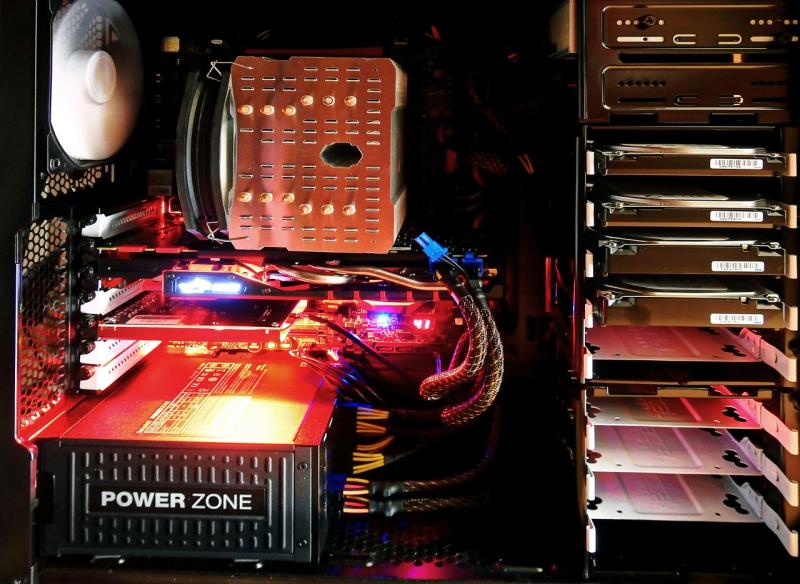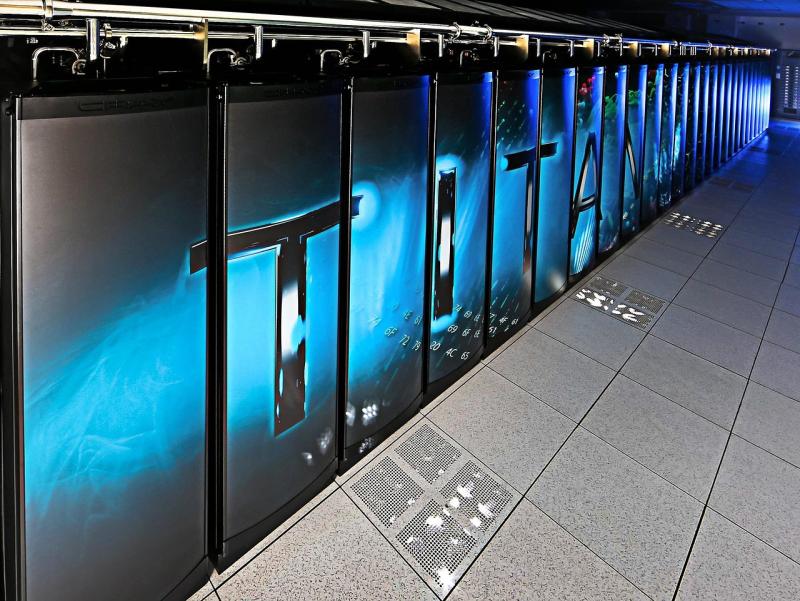Neuroscience explores the complexities of the human brain, aiming to understand cognition, behavior, and neurological disorders. Workstations optimized for neuroscience research empower scientists and researchers to analyze brain activity, simulate neural networks, and visualize intricate connections. These systems provide the precision and computational power needed to advance our understanding of the mind.
---
### **Decoding the Brain with Computational Power**
Studying brain functions involves processing vast datasets from neuroimaging, electrophysiology, and behavioral studies. Multi-core processors in these workstations handle tasks like brain connectivity mapping, spike train analysis, and computational modeling with exceptional efficiency.
---
### **Visualizing the Intricacies of Neural Systems**
Neuroscience research requires detailed visualization of brain scans, neural pathways, and simulated brain functions. Advanced GPUs power the rendering of 3D brain models, functional MRI (fMRI) images, and virtual dissections, providing clear insights into the neural world.
---
### **Memory for Multi-Dimensional Data**
Neuroimaging and electrophysiological recordings generate enormous data streams that require advanced computational power. With up to 1TB of RAM, these workstations enable seamless multitasking, allowing researchers to process data from multiple recording sites or simulate large-scale neural networks.
---
### **Secure Management of Critical Data**
Neuroscience research produces highly sensitive and valuable data. These workstations integrate ultra-fast SSDs for rapid access to active files and high-capacity HDDs or RAID systems to archive experimental data, ensuring long-term security and accessibility.
---
### **Optimized for Neuroscience Tools**
These systems are built to integrate with leading neuroscience platforms, such as MATLAB, Brainstorm, and NEURON. GPU acceleration ensures smoother workflows for analyzing EEG signals, simulating synaptic activity, and visualizing neural network dynamics.
---
### **Applications Across Neuroscience Frontiers**
- **Cognitive Neuroscience:** Analyze brain activity during memory, perception, and decision-making.
- **Clinical Neuroscience:** Research neurological disorders, such as Alzheimer's, epilepsy, and Parkinson's.
- **Brain-Computer Interfaces:** Develop technologies to connect the brain with external devices for medical and communication purposes.
- **Neurogenomics:** Study the genetic underpinnings of brain functions and disorders.
- **Artificial Neural Networks:** Simulate biological brain functions to inspire advancements in AI.
---
### **Sustaining Rigorous Research**
Neuroscience research often involves extensive simulations and multi-phase experiments. Built with industrial-grade components and advanced cooling systems, these workstations maintain consistent performance during long data processing and modeling sessions.
---
### **Future-Ready for Neuroscience Innovations**
As neuroscience research incorporates AI, machine learning, and next-gen neuroimaging technologies, these workstations are designed for scalability. Modular components allow researchers to upgrade processing power, GPUs, and memory to keep pace with evolving methodologies.
---
**Advancing the Science of the Mind**
Workstations for neuroscience research enable scientists to decode the complexities of the brain and nervous system. By combining computational excellence, visualization capabilities, and data management, these systems accelerate breakthroughs in understanding how we think, feel, and function. From unraveling cognition to innovating treatments, these workstations are shaping the future of neuroscience.
View our related products
See more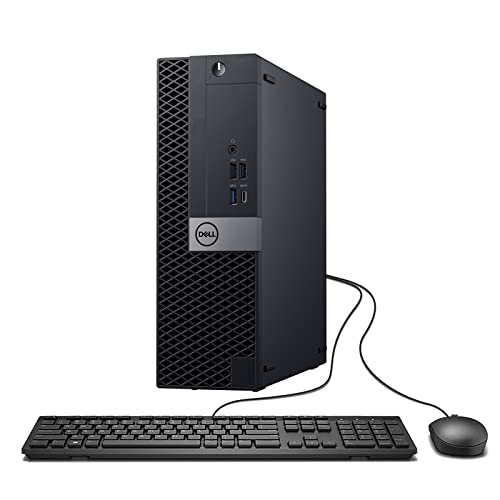
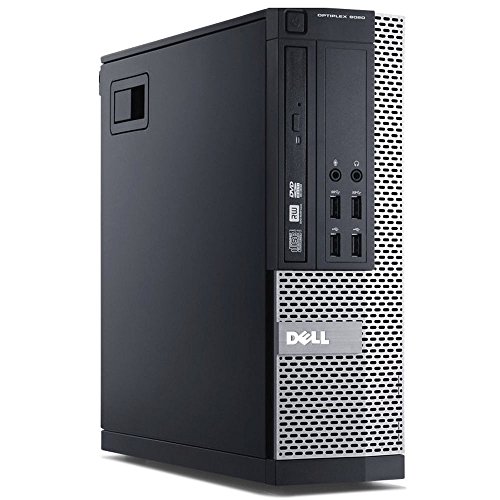
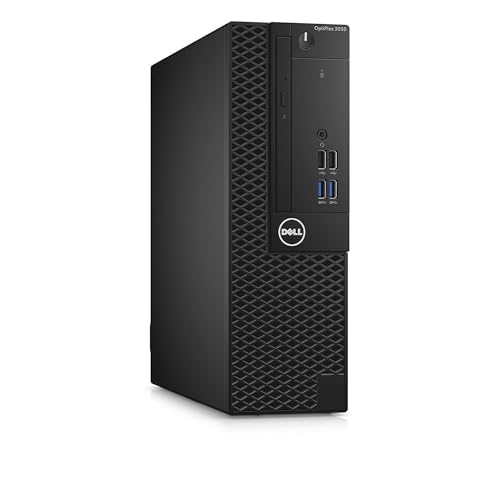
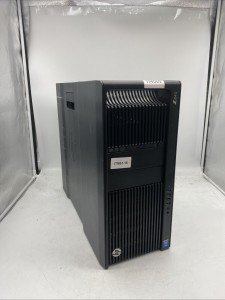
Unlocking the Mind: Workstations for Neuroscience Research
Related Articles
Essential High-Performance PC Components You Need Now
Upgrade your setup with the must-have parts for unbeatable gaming and productivity
Top Picks for Best High-Performance PCs
Find the perfect power machine for gaming, work, or creative projects
Your Guide to the Best High-Performance PCs
Find the Right PC for Your Gaming and Creative Needs
View our related products
See more



